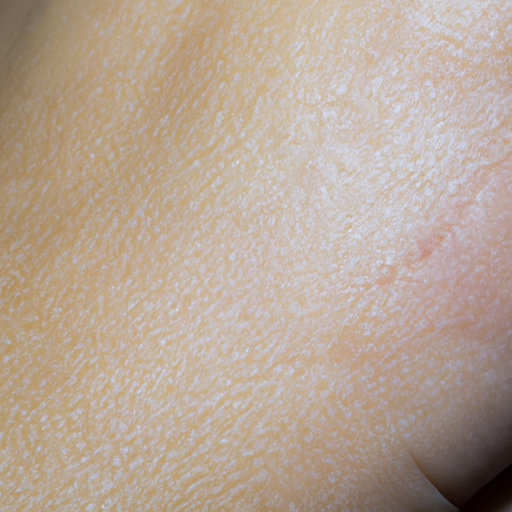As a dermatologist, I am often asked about the best ways to maintain healthy, radiant skin. One of the most effective methods to achieve this is through regular exfoliation. Exfoliation is the process of removing dead skin cells from the surface of your skin using a chemical, granular substance, or exfoliation tool. This article will serve as your comprehensive guide to face and body exfoliants and their proper use.
The skin naturally sheds dead cells every 30 days or so. However, this process can slow down with age, leading to dull, dry, or flaky skin. Regular exfoliation can help remove these dead cells, revealing a more radiant complexion underneath. It also helps to unclog pores, prevent acne, even out skin tone, boost circulation and lymphatic drainage, and increase cell turnover.
There are two main types of exfoliants: physical and chemical. Physical exfoliants are products or tools that manually remove dead cells. These include scrubs with granular ingredients like sugar or salt, brushes, and sponges. On the other hand, chemical exfoliants use acids or enzymes to dissolve and remove dead skin cells. These include products containing alpha hydroxy acids (AHAs), beta hydroxy acids (BHAs), and enzymes like papain and bromelain.
When choosing an exfoliant, it’s essential to consider your skin type and sensitivity level. For sensitive skin, a gentle chemical exfoliant may be more suitable as physical scrubs can sometimes be too harsh. For oily or acne-prone skin, BHAs like salicylic acid can penetrate deep into the pores and help reduce breakouts.
Proper use of exfoliants is crucial to avoid damaging your skin. Over-exfoliation can lead to redness, irritation, and even breakouts. As a general rule, exfoliation should be done once or twice a week for normal and combination skin, and once a week for sensitive or dry skin. Always follow up with a moisturizer to hydrate your skin and protect the new cells.
When using a physical exfoliant, apply the product to damp skin and gently massage in circular motions, avoiding the eye area. Rinse thoroughly with warm water. For chemical exfoliants, apply the product evenly on clean, dry skin, again avoiding the eye area. Leave on for the recommended time on the product’s instructions, then rinse off or leave on as directed.
In conclusion, regular exfoliation is a key step in maintaining a healthy, radiant complexion. Whether you choose a physical or chemical exfoliant, remember to use it properly and consider your skin type and sensitivity level. Always follow up with a good moisturizer to keep your skin hydrated and glowing. As with any skincare routine, consistency is key. With regular use, you’ll soon notice a more radiant and smoother complexion.



